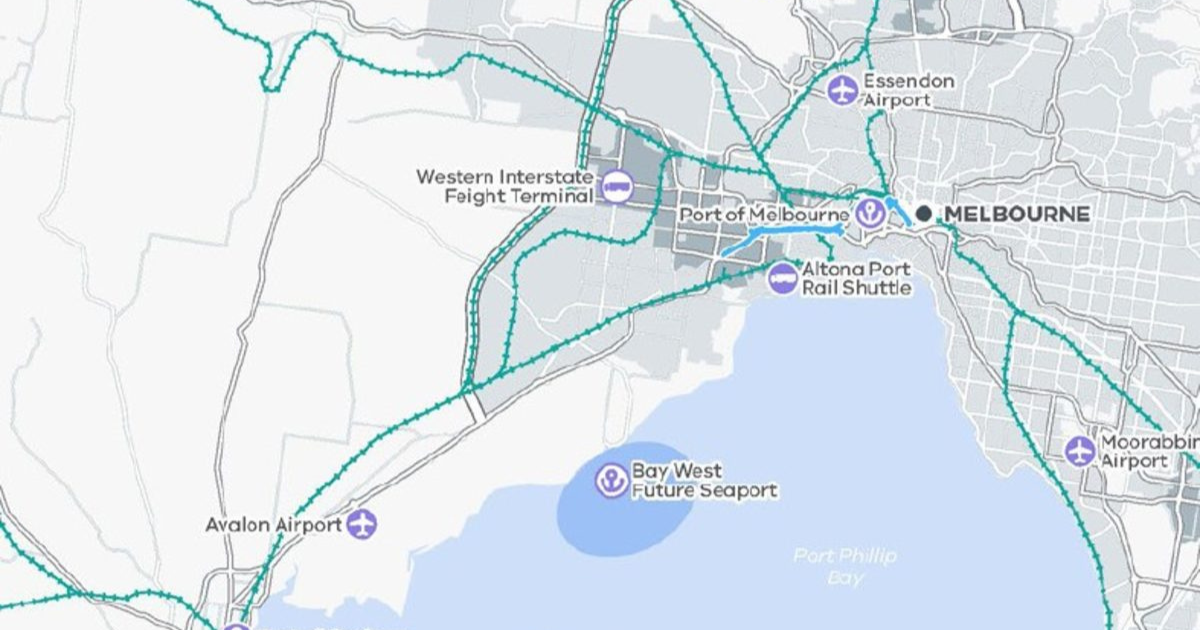Victorian Freight Plan launched

City of Greater Geelong mayor Stretch Kontelj is gearing up for the Cats' 20th grand final. Photo: SUPPLIED
VICTORIA has reaffirmed its plan to build a second container port near Avalon, with the site flagged as critical to the state’s future freight network in the new Victorian Freight Plan.
The five-year plan outlines how the Victorian government will manage increasing freight volumes as the state’s population grows.
The Port of Melbourne currently handles more than a third of Australia’s total container trade.
Bay West has long been earmarked as the preferred site, west of the Werribee River.
A 2017 Infrastructure Victoria report found demand at the Port of Melbourne meant a second port would not be needed until about 2055.
If developed, Bay West would become the Geelong region’s third major piece of freight infrastructure, alongside the Port of Geelong and Avalon Airport.
The plan states land use and transport protections must be progressed to preserve Bay West as a viable future location.
“To enable this, Bay West… requires adequate protection in the planning scheme and better transparency of developments that may constrain the future development of the port, so that government can ensure the long-term security of key freight routes and gateways.”
The plan also notes Avalon Airport continues to grow its freight operations, with a steady increase in dedicated freight services.
“As Victoria’s second curfew-free international airport, Avalon has the potential to act as a significant freight and logistics hub in the future.”
The government says the plan will support targeted investment in new road, rail and port infrastructure to move more cargo with less environmental impact.
“Our plan will support operators to cut carbon emissions – making the industry more sustainable and ensuring freight can move around Victoria efficiently,” Minister for Ports and Freight Melissa Horne said.
“This will protect and strengthen Victoria’s competitive advantage, maintain our status as Australia’s freight and logistics capital, and support our workforce of 260,000 who keep our supply chains moving every day.”

















